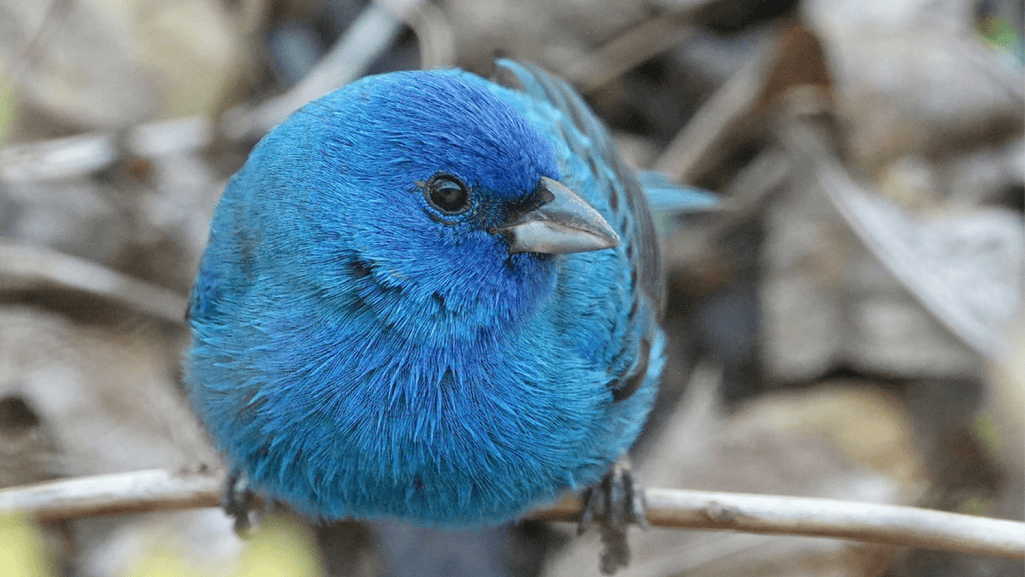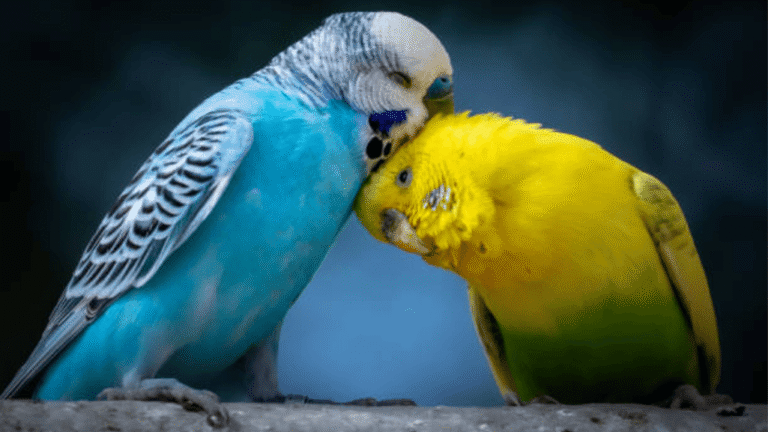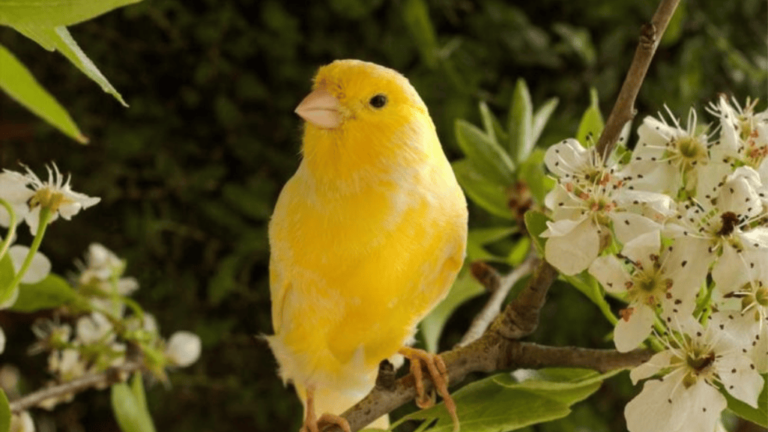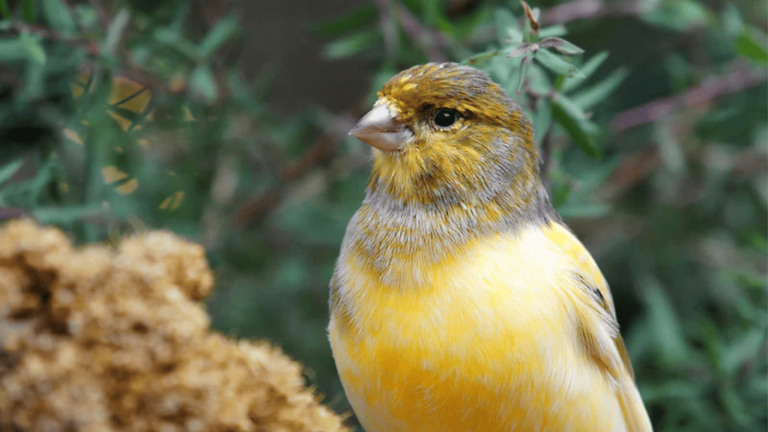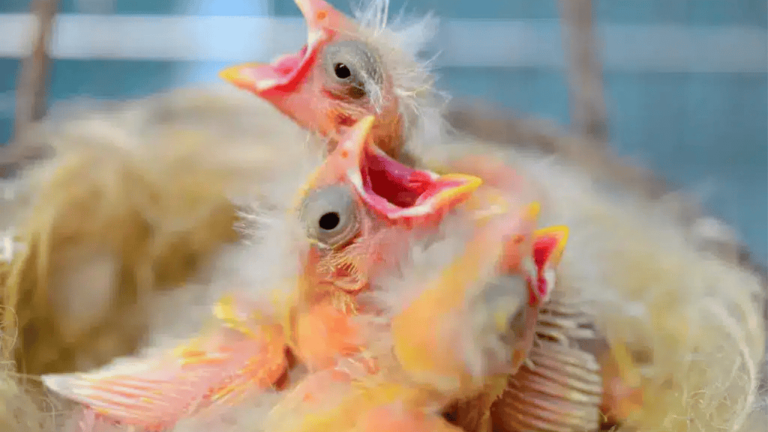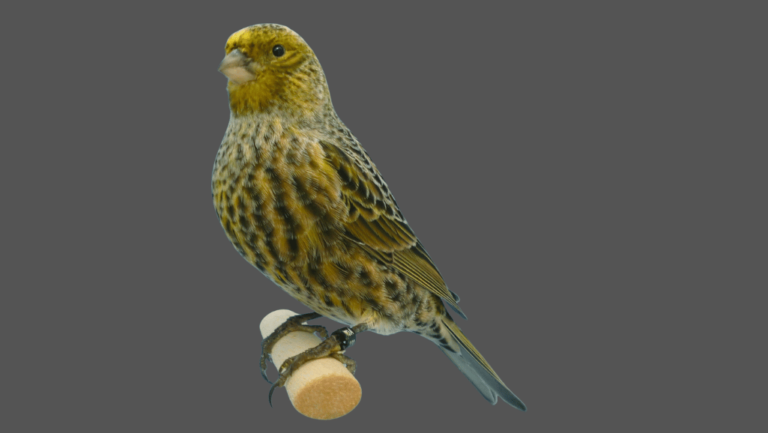Blue Factor Canaries are a stunning variety of pet birds. They are loved for their beautiful colors and unique feathers. These canaries have been bred to show a wide range of colors. Knowing about their genetics is key for anyone who wants to breed or care for them.
Melanin, the pigment for black and brown, is important for their colors. Lipochrome, on the other hand, decides the base color of their feathers. The mix of these pigments and genes leads to many different colors and patterns.
Breeding Blue Factor Canaries is an art that needs a deep understanding of genetics. Breeders use different methods to create new colors. But, they must do it responsibly to avoid problems with inbreeding.
Key Takeaways
- Blue Factor Canaries are renowned for their unique color variations and plumage patterns.
- Melanin and lipochrome pigments, along with genetic factors, determine the colors and markings in canaries.
- Different categories of Blue Factor Canaries include clear, self, ticked, foul, and variegated varieties.
- Breeding techniques such as selective breeding, crossbreeding, and outcrossing are used to enhance color variations.
- Understanding avian genetics is essential for appreciating the diversity in canary coloration and plumage.
Introduction to Blue Factor Canary Birds
Blue factor canaries are a special type of canary that have won the hearts of many bird lovers. They are known for their beautiful blue color, thanks to careful breeding. This makes them a fascinating example of how birds can change color through breeding.
Origin and History of Blue Factor Canaries
The story of blue factor canaries started in the 1950s in Holland. It was there that the first ivory factor was found. This discovery was officially recognized in 1964, starting the journey of blue factor canaries.
Breeders then mixed the ivory factor with other canaries. They used yellow, red, and white birds to create the blue factor canary. Through breeding, this new variety became very popular.
Physical Characteristics and Unique Features
Blue factor canaries have some special features. Their blue color can look different depending on their genetics. For example, green-ivory canaries might look similar to blue ones at first, but they’re not the same.
Bronze-ivory canaries have a color that’s almost violet. This shows how diverse blue factor canaries can be. Their size is also unique, thanks to the ivory factor. This makes them even more special to bird lovers.
“The beauty of blue factor canaries lies not only in their mesmerizing colors but also in the dedication and skill of the breeders who have worked tirelessly to perfect these avian color morphs.”
The world of blue factor canaries is full of interesting facts about bird colors and breeding. As we learn more, we see how amazing these birds are. They inspire both new and experienced bird lovers.
Understanding Canary Color Genetics
The vibrant plumage of canary birds comes from complex color genetics. Through breeding, we’ve seen many canary colors. Each color follows specific show bird standards.
Melanin gives canaries their black and brown colors. Lipochrome pigments add yellow, red, or white. The mix of these pigments, controlled by genes, creates the variety in canary colors.
Melanin and Lipochrome Pigments
Canary color genetics focuses on melanin and lipochrome. Melanin has black and brown, while lipochrome has yellow and red. Without these, canaries are white.
Dominant and Recessive Genes
Color in canaries comes from dominant and recessive genes. Dominant genes, like the Dimorphic Factor, change color between males and females. Recessive genes need two copies to show their effect.
The genetic variations enumerated provide the groundwork for an extensive spectrum of possible color and plumage variations in canaries.
Inheritance Patterns of Color Factors
The way color factors are passed down in canaries is complex. Breeders use this knowledge to create specific colors. Xanthophyll, for example, makes yellow and red colors more vibrant.
Canary colors fall into groups like clear, self, and variegated. Show categories show the amazing variety, with classes like Green and Yellow Melanin.
Understanding canary color genetics lets breeders create stunning plumage. They can make colors like Blue Factor and Pastel Factor.
Different Color Variations in Blue Factor Canaries
Blue Factor Canaries are known for their stunning colors. These colors come from special canary genetics and feather pigmentation. People love these birds for their amazing diversity in canariculture.
These canaries come in clear, self, ticked, foul, and variegated colors. Clear ones have the same color all over. Self canaries have darker wings and tail.
Ticked canaries have small dark spots on their feathers. Foul canaries have dark patches in odd places. Variegated canaries mix light and dark feathers for a striking look.
Green, Yellow Melanin, and Red Factor Melanin Canaries
Green, yellow melanin, and red factor melanin canaries are very popular. Green ones mix yellow and blue pigments. Yellow melanin canaries are very yellow because of more melanin.
Red factor melanin canaries have deep, rich red colors. This is thanks to the red factor gene.
Yellow Lipochrome and Red Factor Lipochrome Canaries
Yellow lipochrome and red factor lipochrome canaries are also stunning. They get their colors from lipochrome pigments. Yellow lipochrome canaries are soft and buttery yellow.
Red factor lipochrome canaries have vibrant orange and red colors. They often shine with a bit of iridescence.
The world of avian color mutations is always changing. Breeders work hard to make new colors in Blue Factor Canaries. They breed for specific traits and try different genetic combinations. This keeps the world of canary colors exciting and new.
Canary Breeding Techniques for Color Enhancement
In the world of canary breeding, many techniques are used to improve the colors of Blue Factor Canaries. These specialized canary varieties come from careful breeding that uses genetics and bird fancy terminology.
Two main methods are used: selective breeding and line breeding. Breeders pick birds with the best colors to make new ones. They aim to make these colors stronger and more stable over time. This needs a good understanding of canary breeding jargon and a sharp eye for the best birds.
Crossbreeding brings new colors into the mix. By mixing Blue Factor Canaries with other colors, breeders create new and exciting looks. This also keeps the gene pool diverse. Outcrossing, or breeding unrelated birds, prevents bad genes from building up.
“The art of breeding Blue Factor Canaries is a testament to the dedication and expertise of canary enthusiasts worldwide. Through their tireless efforts, we are blessed with an array of breathtaking color variations that continue to captivate and inspire.”
Inbreeding can fix traits but it’s risky. It focuses on desired traits but can lead to health problems. Breeders must balance keeping the traits they want with the birds’ health.
The Science Behind Color Enhancement
The colors of Blue Factor Canaries come from pigments like melanin and lipochromes. Ornithological terms like “eumelanin” and “phaeomelanin” explain the black, brown, and red colors. Lipochromes add yellow, orange, and red. Breeders use this knowledge to control the colors.
By using these techniques and understanding color science, canary fans keep improving bird fancy. The stunning Blue Factor Canaries show the hard work and skill of these enthusiasts.
Housing and Cage Requirements for Blue Factor Canaries
Choosing the right canary cages and accessories is key for your Blue Factor Canaries’ comfort. These birds need a big space to fly, play, and explore. A cage that’s at least 18″ L x 14″ W x 18″ H is recommended for one canary.
Think about the bar spacing too. Bars should be no more than ⅜ apart to stop escape. Offer different perches in size, height, texture, and material to keep their feet healthy and prevent boredom.
“A well-designed canary housing setup is the foundation of a happy and healthy pet.”
Where you place the cage matters a lot. Don’t put it in drafts or direct sunlight. Canaries do best in temperatures between 65°F and 80°F. They also need natural UV light for vitamin D, which is vital for their health.
Don’t forget to include important accessories in your canary care guide. These are:
- Fresh, clean water always available
- Nutritionally complete pelleted food, making up 60-70% of their diet
- Regular spot-cleaning and bedding replacement
- Replacement of worn or damaged perches, dishes, and toys
By giving your Blue Factor Canaries a big, well-equipped, and clean home, they’ll stay happy, healthy, and content.
Diet and Nutrition for Optimal Health and Coloration
A well-balanced canary diet and nutrition plan is key for your Blue Factor Canary’s health and color. A varied diet with quality seeds, fresh fruits and veggies, and protein is essential. This ensures your bird gets all the nutrients for the best health.
Essential Components of a Balanced Canary Diet
A balanced canary diet should include:
- High-quality seed mix (60-70% of diet)
- Fresh fruits and vegetables (20-30% of diet)
- Protein sources such as egg food or legumes (10-15% of diet)
- Vitamin and mineral supplements
- Clean, fresh water
Choose a seed mix with canary grass, rapeseed, niger seed, and linseed. Avoid millet or oats as they can cause obesity. Give fresh fruits and veggies daily, like dark greens, carrots, apples, and berries. They offer vital vitamins and minerals for health.
Supplements for Enhancing Feather Coloration
To make your Blue Factor Canary’s feathers more vibrant, add carotenoid-rich supplements to their diet. Carotenoids are found in fruits and veggies and enhance orange, red, and yellow colors. Good sources include:
- Sweet potatoes
- Carrots
- Red peppers
- Papaya
- Mango
Also, make sure your canary gets enough vitamin D3 from sunlight or a UV lamp. Vitamin D3 helps with calcium absorption, which is good for bones and health.
Foods to Avoid and Possible Toxins
It’s important to avoid certain foods that can be toxic. These include:
- Avocado
- Chocolate
- Caffeine
- Alcohol
- Salty or sugary treats
Always check with an avian vet before adding new foods to your Blue Factor Canary’s diet.
By giving a balanced diet and avoiding harmful foods, you support your canary’s health. This helps them keep their stunning, vibrant feathers.
Health Concerns and Common Ailments in Blue Factor Canaries
As a Blue Factor Canary owner, knowing about canary health issues is key. You need to give them the right canary bird care. These birds are usually strong but can get sick with bird diseases needing avian veterinary care.
Signs of a Healthy Canary
A healthy Blue Factor Canary looks great. They have bright colors, shiny eyes, and move around a lot. They should eat well, have a clean vent, and poop normally. Watching your canary closely helps spot health problems early.
Preventive Care and Regular Check-ups
Keeping your canary healthy is easier than treating sickness. Take them to an avian vet for check-ups. Make sure their home is clean, feed them right, and always have fresh water.
“An ounce of prevention is worth a pound of cure, when it comes to our feathered friends.”
Recognizing and Treating Illnesses
Even with care, your canary might get sick. They can get respiratory infections, mites, or not eat enough. Look for signs like being tired, not eating, weird poop, or breathing hard. If you see these, see a vet fast.
Some big health worries for Blue Factor Canaries include:
- Aspergillus, a deadly fungus
- Avian Gastric Yeast (AGY) infection, which can come back
- Chlamydia, causing eye and nose problems
- Polyoma virus, serious in young birds
- Avian tuberculosis, very dangerous
Stress is bad for birds and can make them sick. Keep your canary safe and happy. This helps them stay healthy and live well with you.
Preparing Blue Factor Canaries for Shows and Exhibitions
Getting Blue Factor Canaries ready for shows takes a lot of work. Breeders must follow strict standards and spend time on grooming and song training. Birds that do well in shows look great and behave well too.
Going to bird exhibitions can mean long trips. Some people travel over 1000 miles. Keeping the canaries safe and comfortable during travel is very important.
Grooming and Conditioning Techniques
Keeping the canaries looking good is key. This includes trimming their beaks and nails. Breeders also use special training and feeding to get their birds in top shape.
“Canary breeders who aim to produce show-quality birds must pay close attention to every detail, from genetics and diet to grooming and training.” – John Smith, experienced canary breeder
Training for Proper Show Behavior
Show canaries need to behave well too. Training their songs is a big part of getting ready. Breeders work hard to teach their birds to pose and perch right.
Preparing canaries for shows takes a lot of time and effort. Some breeders even sell snacks to raise money for judges’ travel. The love and teamwork in the bird community are clear.
Conclusion
Blue factor canary care and breeding need a deep understanding of bird color genetics, good nutrition, and training. As a canary lover, knowing these well is essential for raising and showing these amazing birds. A balanced diet, proper housing, and regular health checks help blue factor canaries thrive and show off their colors.
Breeding blue factor canaries is a mix of selective breeding, line breeding, and planned crossbreeding. This is to improve and keep the best color traits. The way colors like cobalt mutation are passed down is specific. Cobalt offspring show up when both parents have the recessive cobalt gene. But, the jaspe mutation is different, showing up with just one gene from a parent.
The love for blue factor canaries keeps growing. Colors like slate blue classic are becoming more popular at shows. Groups like the North American Border Club help with learning, auctions, and sharing info among breeders and fans. Keeping up with the latest in blue factor canary care and breeding helps preserve and improve this special breed.
In short, blue factor canaries show the amazing world of bird color genetics and the hard work of canary lovers everywhere. With the right care, breeding knowledge, and love for these birds, owners can enjoy the joy of raising and showing blue factor canaries. They can be wonderful pets or stunning show birds.



